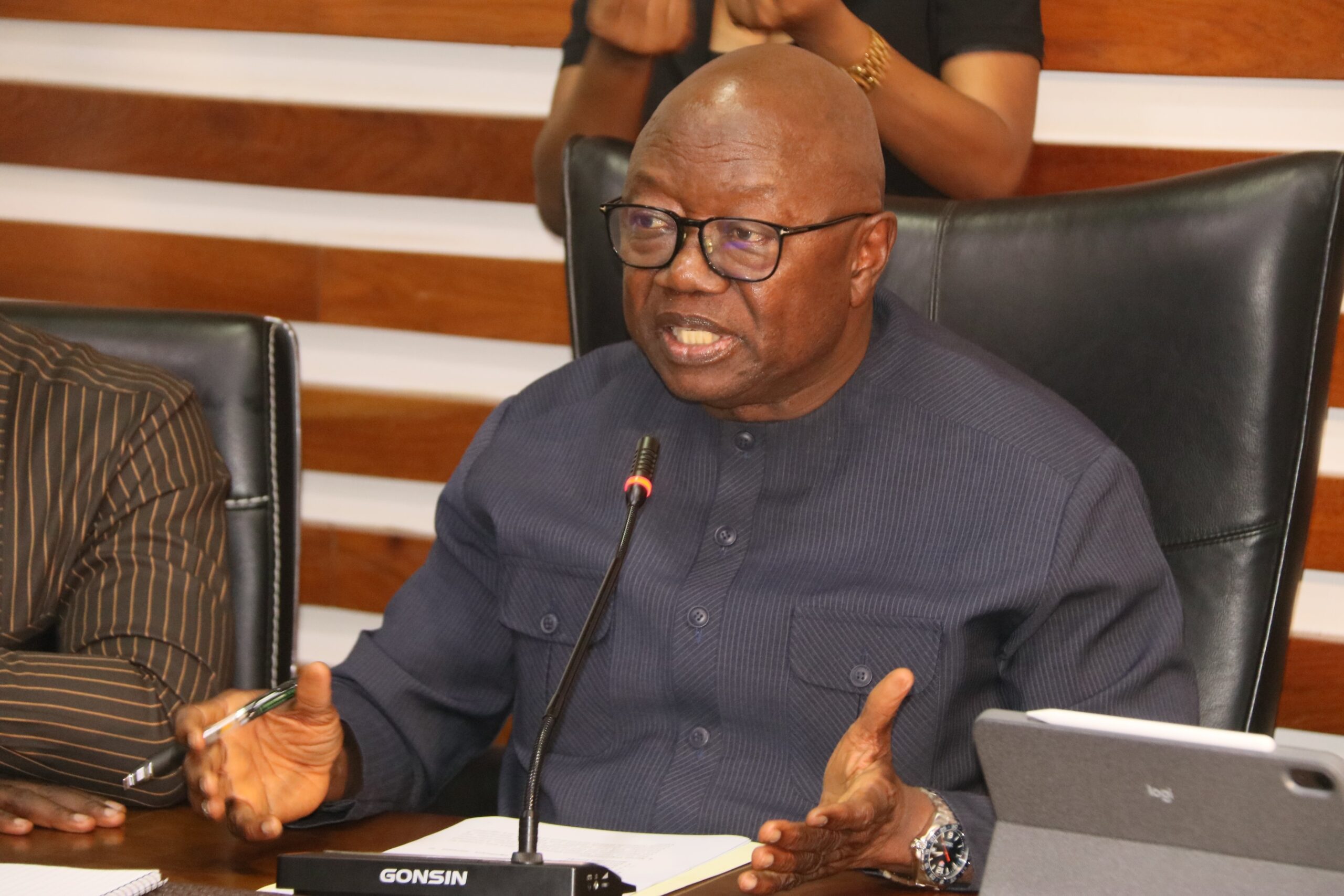By Alusine Fullah
Resource Management is the process of planning, scheduling, forecasting, and optimizing the entire resource lifecycle for successful project delivery. It involves managing resources such as people, equipment, materials, facilities, etc., to ensure they are utilized optimally and aligned with organizational objectives. Globally or nationally, how many organizations that are fully ready to invest in its resources? In many cases, proper resources management has been thrown to the gutter. The success of any organization lies on proper resources management.
The main aim of resource management is to fulfil the project requirements and ensure the productive utilization of every resource across the organization. In addition, it helps build a future-ready workforce, improve business profitability, and beat market volatility. Resources are those things which institutions can use to meet their needs and reach their goals. Or, things that can be used to meet goals. Resources are asserts. In their book “Management in Living,” Bela Yasmeen Atoh and Franklin Atogiyire classified resources into two: human resources and non-human or material resources. Critically or philosophically, resources can be tangible or intangible. According to them, human resources are all the special means and qualities that human beings possess. They include: knowledge, skills, mental health, energy, time, creativity, interest, etc.
Resources are those things which institutions can use to meet their needs and reach their goals. Or, things that can be used to meet goals. Resources are asserts. In their book “Management in Living,” Bela Yasmeen Atoh and Franklin Atogiyire classified resources into two: human resources and non-human or material resources. Critically or philosophically, resources can be tangible or intangible. According to them, human resources are all the special means and qualities that human beings possess. They include: knowledge, skills, mental health, energy, time, creativity, interest, etc.
Non-human or material resources are material possessions that people have and be used to achieve goals. They include: money, equipment, furniture, time, houses, etc.
Monitoring resources is essential for carrying out initiatives efficiently. Companies who fail to track their resources end up paying in several ways – and the cost of poor resource management can be enormous. One of the main reasons projects fail is discrepancies regarding economic resources, labour, and material.
A good resource management process is essential for planning projects and ensuring they run smoothly and efficiently. From top-level executives to project and resource managers, decision makers within an organization need to know what available resources can be allocated to various projects before they can come up with an action plan. Poor resource management prevents department managers from making informed decisions and executing well-planned strategies, creating an inefficient and unstable working environment.
Inadequate and improper resource management lead to:
Logistical errors when coordinating with outside vendors: Without an accurate representation of resources, managers don’t know what materials or equipment to order or re-order. Improper use of labour:
Without an understanding of available team members, teams may get incorrectly assigned to projects that don’t fit their skillset. Unnecessary business expenses: Spending excessive money on overtime and last-minute purchases from third-party vendors can easily send a project over budget – sometimes by as much as 50% or more.
Improper resource management makes it harder for departments to stay within a project’s budget. When an organization can’t track its resources, they’re unable to inform team leaders about the current budget status. This means that department managers aren’t mindful of the company’s expenses and can’t take a proactive approach to reducing costs.











